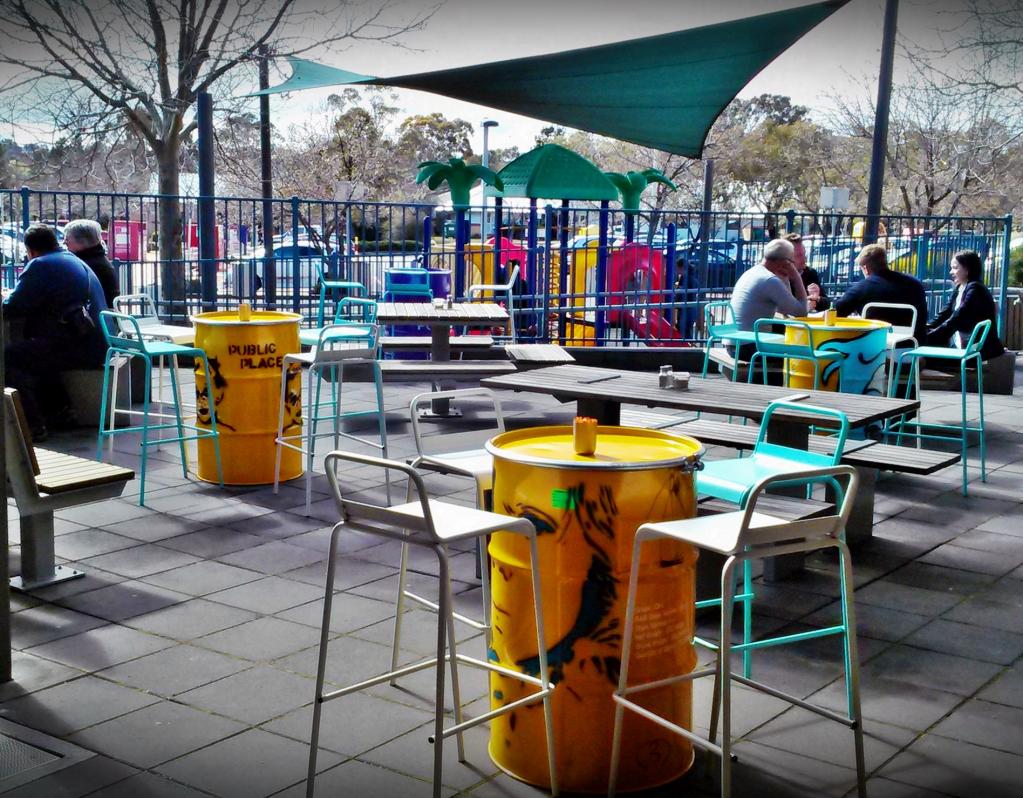In articles 20.1 and 20.20 of the Administrative Offenses Code of the Russian Federation, one can come across the concept of “public place”. The definition of this term, however, is not in the legislation. In each article of the Code there is a listing of the attributes of a category and those characteristics that distinguish it, for example, from private property. In our article, we will consider the definition of a public place by law.
General understanding of the term
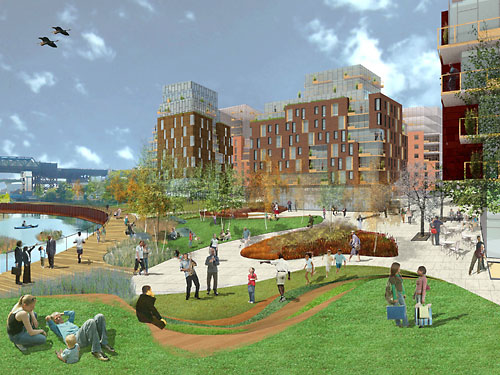
Since the enforcement of the articles of the Code of Administrative Offenses regarding the drinking of alcohol-containing drinks and petty hooliganism is common enough, it is advisable to formulate a more precise definition of a public place. The importance of a detailed wording (or rather, its absence) becomes absolutely understandable, given that the mandatory condition for the use of Articles 20.1 and 20.20 of the Code of Administrative Offenses is the commission of violations precisely in public territories. Next, we consider the essential characteristics and signs of a public site.
The definition of a public place implies a lack of relation to personal property. For example, a country house or someone’s apartment cannot be recognized as such. A similar conclusion can be made about entertainment and shopping complexes, because these territories have an owner, and they themselves are considered private property. The definition of a public place by the Code of Administrative Offenses allows the appearance of different people in it, both as part of groups and individually, as a rule, at any time of the day.
What are public places?
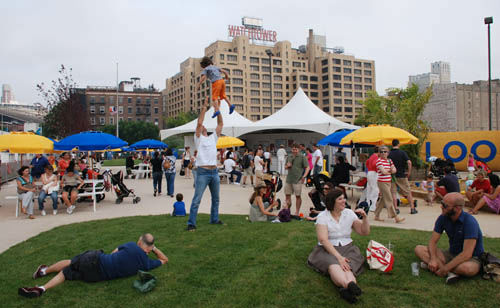
In accordance with the definition of a public place according to the law of the Russian Federation, it is advisable to attribute to this category:
- organization of leisure and education;
- catering points;
- healthcare organizations;
- cinemas, circuses, sports arenas, theaters, viewing, exhibition and concert halls, as well as other indoor facilities that are intended for public recreation, in particular discos and nightclubs;
- lectures, libraries, museums;
- long-distance and local trains, river, sea and air transport courts, salons of fixed-route taxis, intercity, city buses, as well as urban electric vehicles;
- premises of airports, water, automobile and railway stations, subways and aprons of railway stations;
- government buildings that do not use access control;
- buildings, which are workplaces, at facilities with a check-in form (they are used by teams of workers for professional activities in the commission of hooliganism);
- entrances of residential buildings.
Category classification
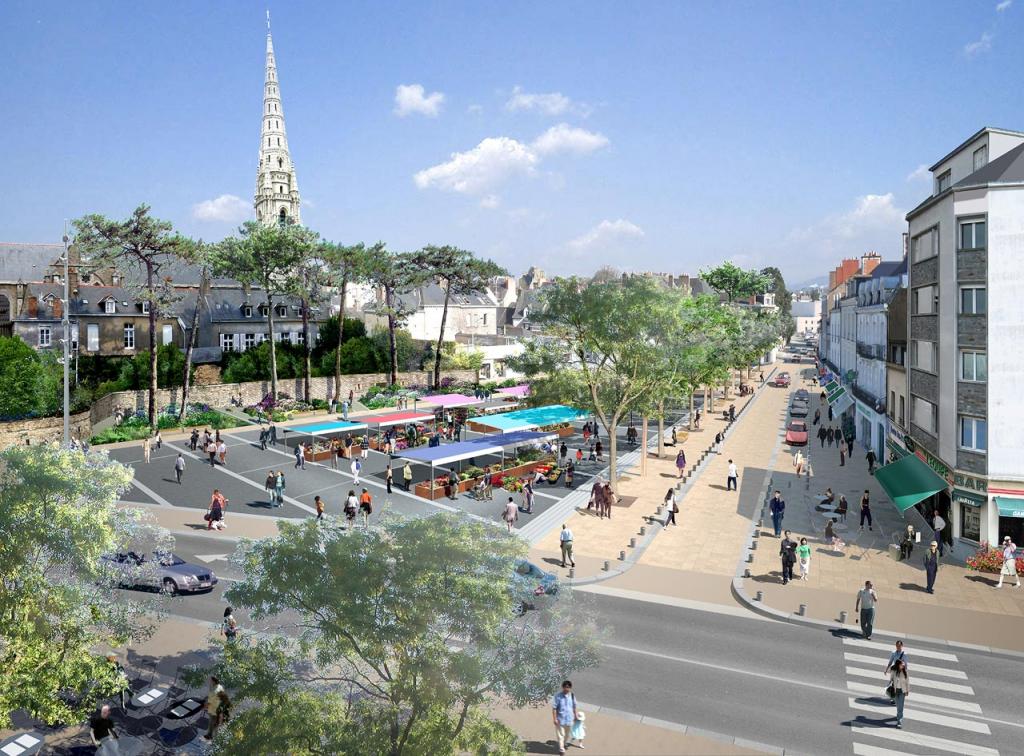
Based on the definition of a public place, the following classification of the category was formed:
- Permanent. Access to these places is open all the time: alleys, streets, boulevards, train stations, squares, squares, embankments, courtyards. The exception is the courtyards of private territories.
- Periodic These rooms are intended for recreation and public services at specific hours. Among them are markets, health-improving and educational institutions, entertainment, cultural, sports facilities, recreation areas, public transport, trade enterprises, passenger compartments (at night), train cars for passengers (in addition to vestibules), a restaurant car and a toilet.
Relevant Offenses
Of the total number of offenses related to committed by definition in public places, it is advisable to distinguish street, in other words, committed in socially equipped areas.We are talking about streets, boulevards, squares, embankments, side streets, bridges, not fenced yards (the exception is private yards). In addition, violations can be implemented in forest park areas, residential areas, within the boundaries of cities, public gardens, recreation areas, on beaches, stadiums, markets during operation.
What offenses are not subject to accounting?

The following violations are not subject to accounting as carried out by definition in public places:
- offenses committed at objects of public importance, at the time of the implementation of the violation not fulfilling their functions;
- committed in buildings with access control, which are used by staff teams for work, as well as in guarded parking lots for cars;
- implemented in wardrobes, utility rooms, office rooms of structures, entertainment and trade institutions, institutions, including locker rooms in gyms of educational and other organizations;
- offenses committed in a taxi;
- carried out on the territory of abandoned premises, regardless of the presence of a fence, as well as on undeveloped terrain (for example, on the river bank), in underground utilities (the exception in this case is embankments, streets, beaches, road sections, provided there are no objects infrastructure);
- larceny and other offenses that are committed in the residential premises of hotels, hostels, passenger train cars (usually located on stages in the absence of passengers, in parks of sludges and dead ends), rest houses;
- violations realized in public places, in other words, in communal apartments, basements, attics, elevators (hooliganism is an exception here);
- lasting offenses;
- traffic violations.
Public Features

So, we examined the definition of a public place and the category of offenses committed in the respective territories. It is advisable to go to the features of these sites.
For example, a construction site that is fenced and guarded by a guard is not considered a public place by the definition of the Republic of Belarus, as it does not imply the appearance of people there who are not related to the construction process. By a similar criterion, public streets are city streets, parks, squares, landings, courtyards. The appearance of people in these areas does not require special approvals or permits. A person has every right to go there of his own free will at any time.
Institutions and organizations
As it turned out, by definition, public institutions in the Russian Federation and Belarus include all the institutions that serve the population. These are medical structures, municipal services, sports facilities, kindergartens, schools, as well as universities. Any of the presented objects satisfies absolutely all criteria of a generally accessible territory. Each of them can be considered as such in accordance with the Decree on the definition of public places, since the appearance of one or another number of people there is permissible and legal.
Controversial issues
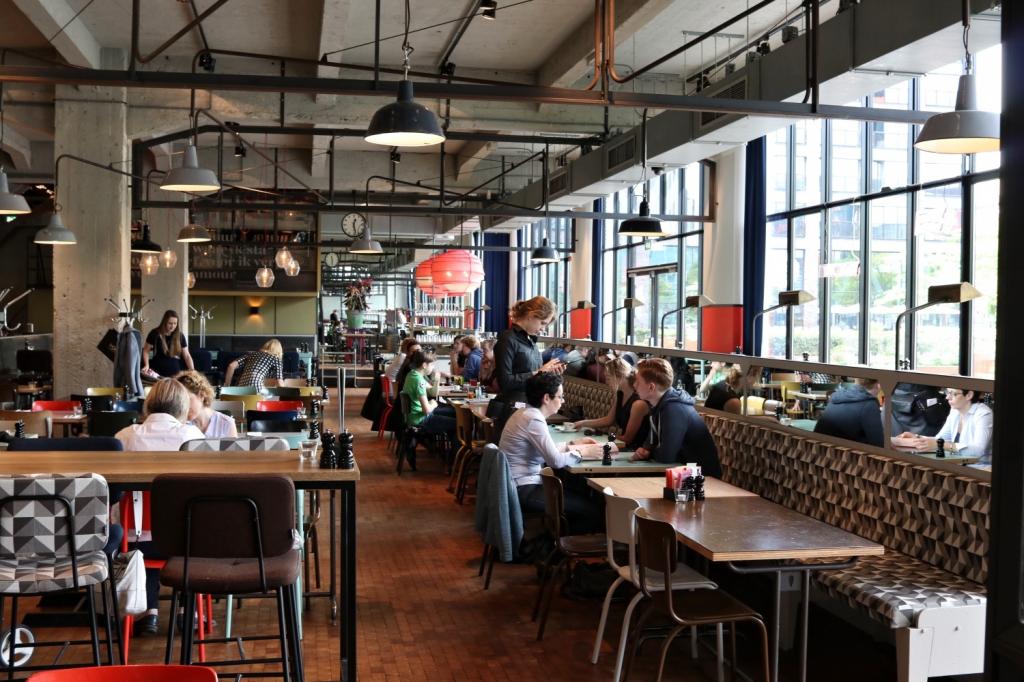
If the inclusion of the above objects under the definition of a public place according to the law of the Republic of Belarus is absolutely understandable and, as a rule, does not raise questions, then assigning to the category, for example, landings, one way or another, requires explanation. So, on the one hand, the entrances or staircases of apartment buildings are often deprived of the possibility of unauthorized individuals getting into them without obstacles. However, if someone decides, for example, to drink alcohol in the porch, then the neighbors will almost certainly notice this.
It turns out that in such places the rights of outsiders could potentially be violated.By the way, precisely for this reason, both the entrances and stairwells of apartment buildings are also included in the category of public places. The most important component of public areas is considered infrastructure in terms of transport. It is advisable to include here not only stops and stations, but also directly transport.
As regards the latter case, it is worth recalling the following: hooliganism insignificant with respect to the current law is qualified under article 20.20 as implemented in a public place, regardless of whether it was carried out, for example, in a train carriage or at a train station.
Comment
What is prohibited in public areas? Any hooligan manifestations taking place there are qualified under Article 20.1 of the Code of Administrative Offenses of the Russian Federation. In addition, Russian legislation categorically prohibits the use of alcoholic beverages (which include low-alcohol drinks, such as beer) in places designated as public.
Prohibition of alcohol
It is worth noting that the ban on the use of alcoholic beverages is associated with the fact that under their influence a lot of hooligan misconduct is carried out. Moreover, the same as for alcoholic beverages, in public places, the ban on smoking is relevant. This means that any person who wants to smoke should go to a place specially equipped for bad habits. Otherwise, his actions fall under Article 6.24 of the Code of Administrative Offenses of the Russian Federation.
What are the penalties?
You need to know that the key penalty for violations of applicable laws in the territory of the country in the part that relates to generally accessible territories is a monetary fine. Its size, as a rule, varies depending on the type of misconduct. By the way, for petty hooliganism, which is committed in a public place, an administrative arrest can also “shine”.
It must be remembered: since there is no clear definition of the category of public place in the current law, today in some situations abuses are possible directly from the employees who organize the rule of law. In such cases, it is recommended to consult with a lawyer. Such behavior will help protect yourself from wrongful acts and protect your own rights.
Final part
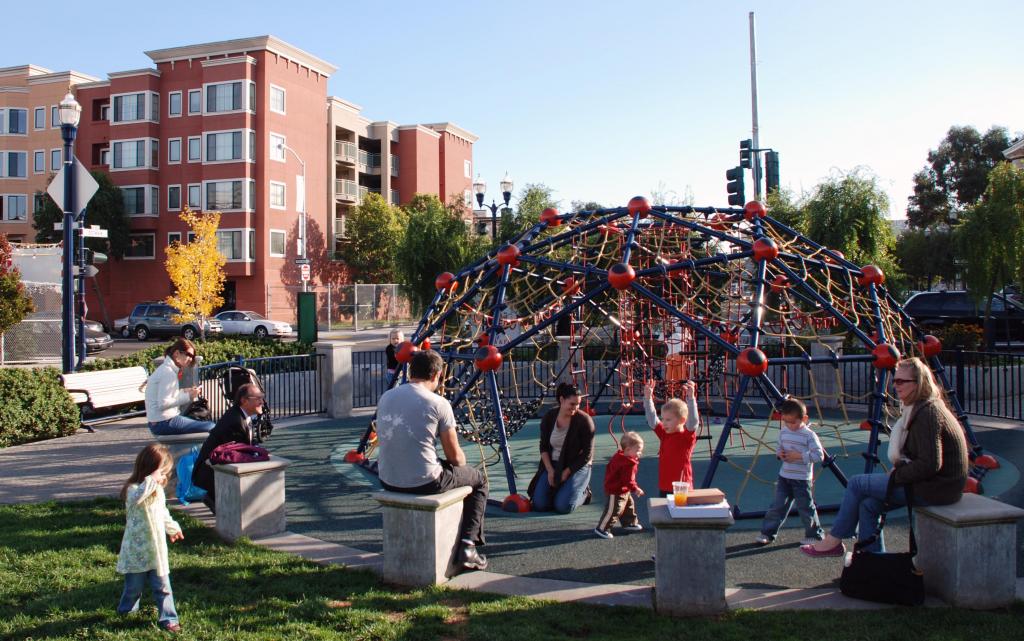
So, we fully examined the category of public territory. As it turned out, the current law does not decrypt this term. Nevertheless, some regulatory acts define the characteristics that characterize such an ambiguous concept. Therefore, most lawyers believe that serious improvements are required in relation to this definition. It is also necessary to create the most clear interpretation. The fact is that it is precisely for offenses in public areas that people are brought to administrative responsibility.
In a general sense, a public place should be understood as a territory where people can suddenly appear at any time of the day. We are talking, for example, about a bus stop, a playground, a park, educational, medical, entertainment facilities, exhibition centers, public transport, as well as other government agencies and those areas where public services are provided. Since in practice law enforcement officials quite often attract individuals for drinking alcohol, smoking and obscene in crowded places, it would be absolutely out of place to include a certain formulation of the concept under consideration in the Code of Administrative Offenses.
It is worth remembering that among the signs of a generally accessible territory the following are the main ones: the unhindered appearance of people, in other words, they can come to these places absolutely suddenly; bringing to administrative type of responsibility of persons even for insignificant hooligan acts,as well as smoking, drinking. Therefore, a public territory, the definition of which is not enshrined in the legislation in force in Russia, should not be called someone's private cottage, house, garage, building for only one extremely simple reason: all this is the personal property of citizens, and it is against the law to enter it without inviting owners.
